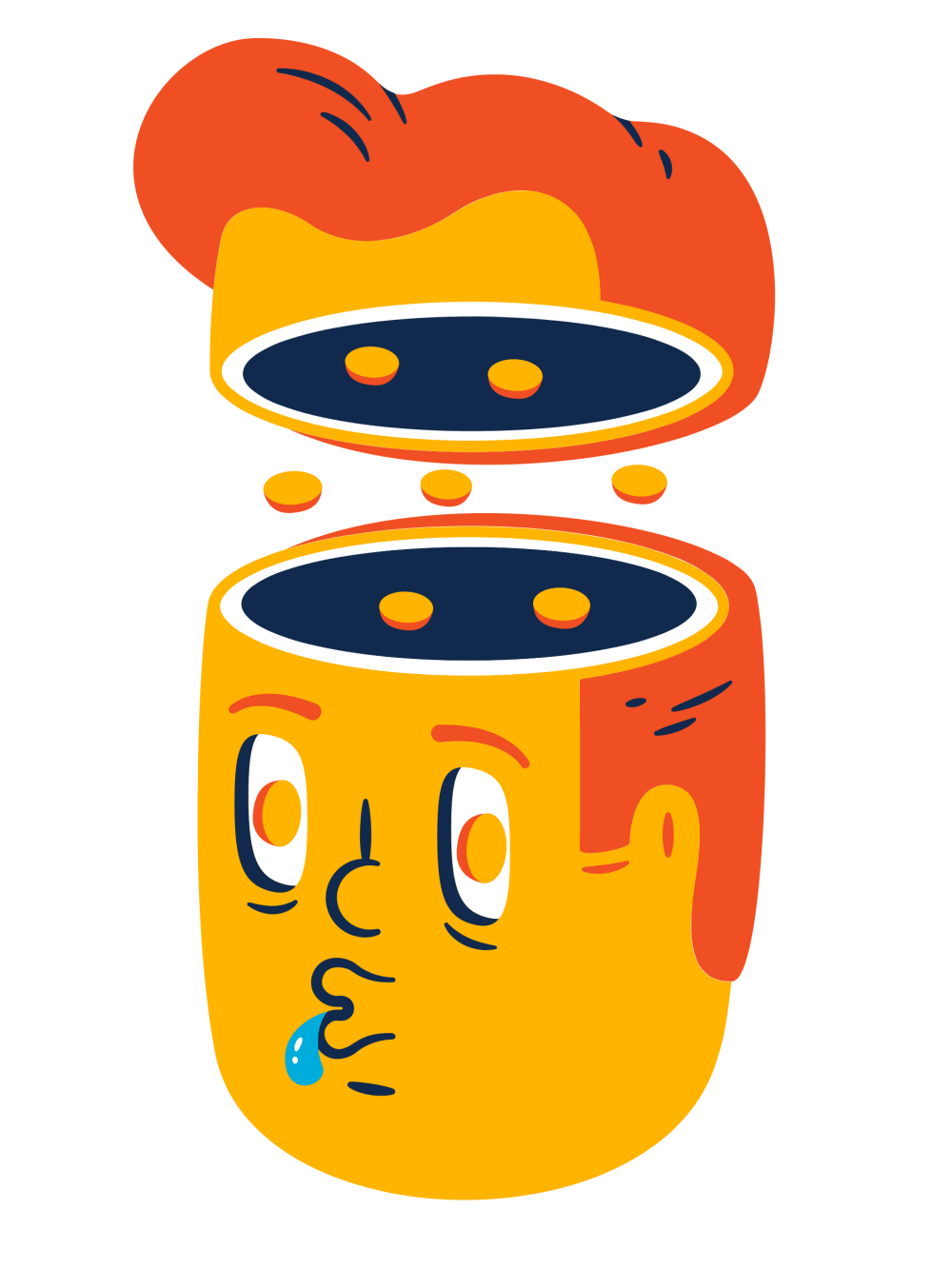Introduction
In the intricate world of human cognition, there exists a subtle dance between our thoughts and emotions — a dance often influenced by Negative Automatic Thoughts (NATs) and Cognitive Distortions. In this exploration, we delve into the realm of NATs and examine each of the distinct cognitive distortions, understanding how they intertwine, and create patterns that shape our perceptions and reactions.
Understanding Negative Automatic Thoughts (NATs)
Negative Automatic Thoughts (NATs) are like whispers of self-doubt and fear that echo in our minds, influencing our emotions and behavior. They are automatic, spontaneous thoughts that often revolve around negativity, self-criticism, and pessimism.
Understanding Cognitive Distortions
Cognitive distortions are thinking patterns that reinforce and perpetuate negative automatic thoughts. There are several common cognitive distortions, each contributing to distorted perceptions of reality. Let’s explore each of them:
- All-or-Nothing Thinking (Polarized Thinking): Seeing situations in black-and-white terms without recognizing any middle ground. Everything is either perfect or a total failure.
- Overgeneralization: Drawing broad conclusions based on limited evidence. For instance, if one person rejects you, you conclude that everyone will reject you.
- Filtering (Selective Abstraction): Focusing exclusively on negative aspects of a situation while ignoring any positive elements. Positive experiences are dismissed or diminished.
- Mind Reading: Assuming you know what others are thinking, usually assuming negative thoughts without any evidence to support such beliefs.
- Catastrophizing (Magnification or Minimization): Magnifying the importance of negative events, imagining the worst possible outcomes while minimizing positive experiences.
- Personalization: Taking responsibility for events beyond your control, often blaming yourself for negative outcomes even when it’s irrational to do so.
- Discounting the Positive: Dismissing positive experiences, qualities, or achievements as if they don’t count.
- Emotional Reasoning: Believing that because you feel a certain way, what you believe must be true. For instance, “I feel like a failure, so I must be one.”
- Should Statements: Using critical statements with yourself, such as “I should,” “I must,” or “I ought to,” creating unnecessary pressure and guilt.
- Labeling and Mislabeling: Attaching negative labels to oneself or others based on mistakes or imperfections, leading to unfair generalizations.

The Interplay Between NATs and Cognitive Distortions
NATs are often the offspring of cognitive distortions. For instance:
- Negative Automatic Thought: “I made a mistake at work; I’m a total failure.” Cognitive Distortion: All-or-Nothing Thinking. The situation is viewed in extreme terms without recognizing any middle ground.
- Negative Automatic Thought: “They didn’t reply to my message; they must be angry with me.” Cognitive Distortion: Mind Reading. Assuming knowledge of what others are thinking without any evidence.
Impact and Breaking the Cycle
The intertwining of NATs and cognitive distortions can create a whirlwind of negative emotions, affecting self-esteem and overall well-being. Recognizing these patterns is the first step toward breaking the cycle. Developing awareness and challenging these distortions can lead to more balanced and rational thinking.
Conclusion
Understanding the intricate relationship between Negative Automatic Thoughts and cognitive distortions provides us with a roadmap to navigate the complexities of our minds. By recognizing and challenging these distortions, we gain the power to reshape our thoughts and emotions, fostering a healthier and more positive mindset. Remember, in acknowledging these patterns, we empower ourselves to break free from the constraints of distorted thinking, ultimately leading to a more balanced and emotionally resilient life.
Ready to begin? Start your online therapy journey today. Book your first session now.




